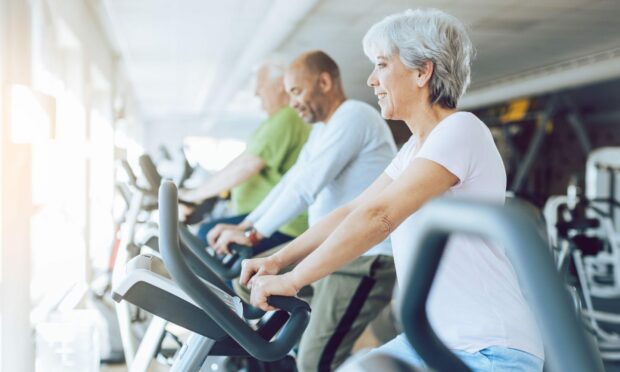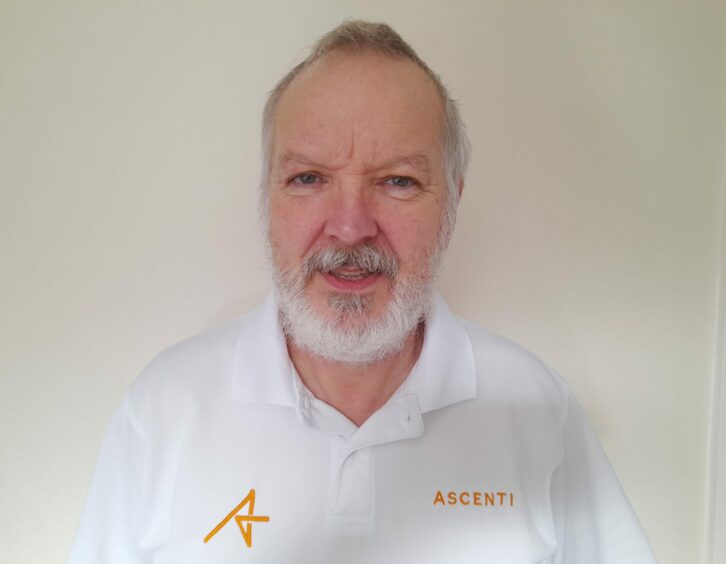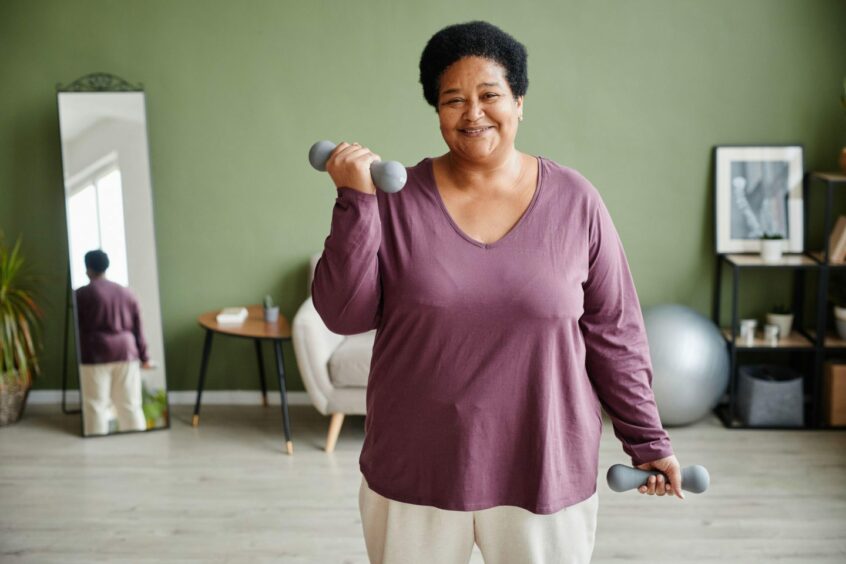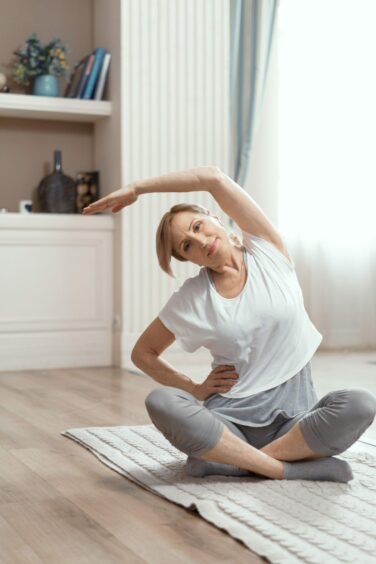A new study potentially offers hope for those suffering with inflammatory rheumatic diseases – including rheumatoid arthritis, lupus and axial spondylitis.
Researchers found that patients who took part in an exercise programme significantly improved their fatigue levels.
Around 800,000 people have these conditions in the UK, with 80% reporting they struggle with extreme tiredness every day.
The study, carried out by the universities of Aberdeen and Glasgow and funded by charity Versus Arthritis, found the energy-boosting benefits continued for six months after the 30-week course was completed, with other reported benefits including improved sleep, mental health and quality of life.
Dr Neha Issar-Brown, director of research and health intelligence at Versus Arthritis, said: “Fatigue and chronic pain go hand in hand as the twin challenges for people living with inflammatory rheumatic diseases, such as rheumatoid arthritis and lupus. But fatigue tends not to respond to medicines for these conditions, and often goes unrecognised by clinicians.
“There is an urgent and unmet need for more evidence-based interventions, including better access to non-drug treatments like cognitive behavioural therapies and supported physical activity, so more people with inflammatory rheumatic diseases can retain their independence, stay in work and enjoy better mental health, which we know these conditions can cruelly take away.”
Here’s everything you need to know about exercising with arthritis…
How does exercise help with tiredness?
“Exercise helps fatigue by increasing your capacity for exercise,” suggests Peter Evans, advanced physiotherapy practitioner at Ascenti. “It seems almost counterintuitive, but if you do something a number of times, you build up the energy reserves to actually make that normal.”
That’s why it’s important to gradually keep increasing the amount of physical activity you attempt. “If somebody only ever walks a mile and never goes any further, they don’t increase their capacity to walk further than a mile,” says Evans.
What are the best types of exercise for people with arthritis?
“Rather than the type of exercise, it’s usually the time,” says Evans. “[Meaning] start off with a small amount of time, and gradually build up.”
He recommends walking as the best option for beginners, starting with a short stroll down your road, as little as three or four houses in distance.
“See how your joints react to that. If you get no reaction, the following day or the next time you do it, add on three or four houses and then come back. It can be as simple as that.”
He also advises doing “some weight-bearing exercises in the gym or at home, but again it depends on levels of pain, and which joints are affected in those patients”.
You don’t have to have lots of fancy equipment – things like water bottles or tins of beans can be used in place of dumbbells – and you might want to see your GP if you have any questions or concerns.
If arthritis mainly affects your lower joints, you could tailor your activity to reduce the pressure in these areas. Evans says: “If running is not an option, then [try] a weight-bearing exercise, such as walking, static bike or using the elliptical machine.”
How much activity should you do each week?
There’s no hard and fast rule about how much exercise an arthritis patient should do each week – it’s about finding what helps rather than hinders your condition.
If you’re doing the right type of exercise safely, Evans suggests it “will not make your condition worse, but exercise may aggravate your symptoms – that’s a really important definition. One of the dangers is if you say to somebody, ‘You can exercise’, they’ll go off and [walk] two miles, and then they’ll be in pain for the next three or four days and say, ‘Exercise hurts me’.”
Katie Knapton, physiotherapist founder of Physio Fast Online, also encourages the slow and steady approach. “The benefits of activity are huge, but may initially increase symptoms – this should not mean that you should abandon it,” she says. “Always introduce new activity slowly. It’s often good to have a day’s rest in between.”
And remember it’s absolutely fine to take breaks when you need them, or modify your routine if your arthritis is flaring up.
“If you are having a flare-up of symptoms, then lower-impact exercises are best,” says Knapton, who recommends activities like swimming, aqua aerobics, gentle stretching and tai chi.
“If you have an acutely swollen joint then ease off, or if it’s hot and swollen it’s advisable to seek a medical opinion.”






Conversation